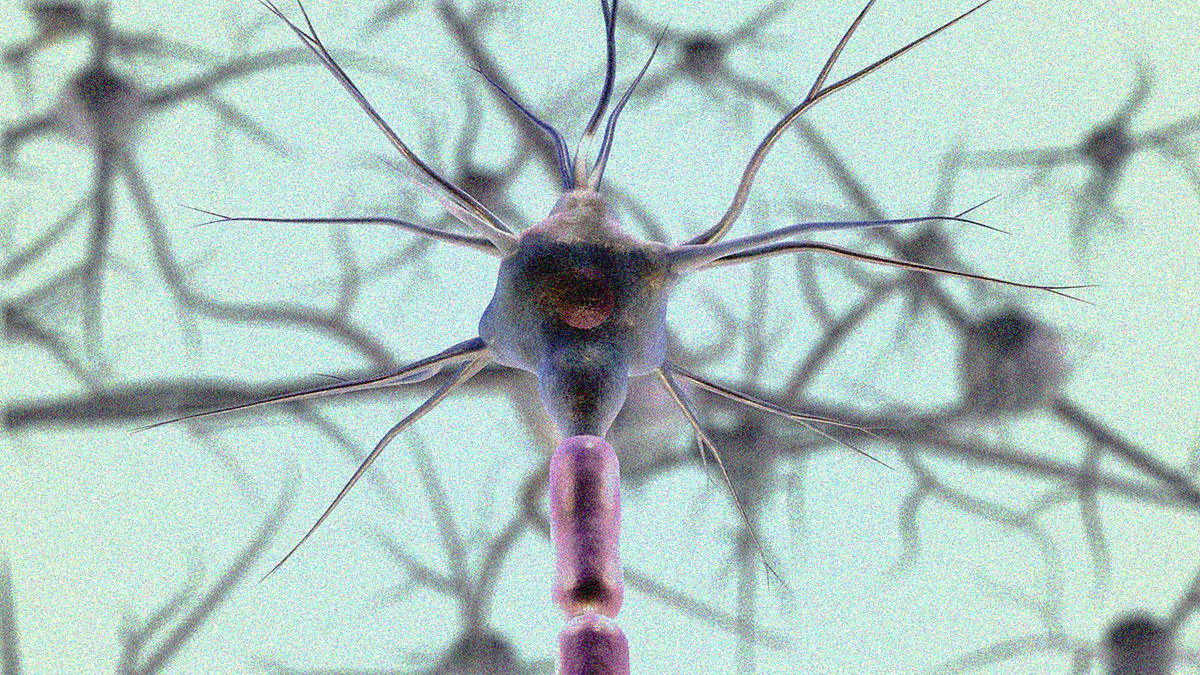The Evolutionary Emergence of Brain Intelligence in Terrestrial Animals
The content discusses the evolutionary transition of sea animals to land, known as the tetrapod transition, which occurred during the Devonian period around 360-390 million years ago. Tetrapods, the first semiaquatic creatures to venture onto land, had limbs with digits instead of fins, allowing them to move in shallow water and on land. Over the next 60-90 million years, tetrapods evolved into amphibians and amniotes, with amniotes further diversifying into reptiles, mammals, and birds, fully conquering terrestrial habitats over an additional 100-150 million years.
During this transition to land, a remarkable event occurred: a virus-like genetic element hijacked the germline cells of tetrapods. This invasion endowed their neurons with the capability to form synaptic connections, which are vital for learning and memory. This was a pivotal moment in the evolutionary origin of brain intelligence in terrestrial animals, marking the beginning of their cognitive capabilities.
要約をカスタマイズ
AI でリライト
引用を生成
原文を翻訳
他の言語に翻訳
マインドマップを作成
原文コンテンツから
原文を表示
shinjieyong.medium.com
The Miraculous Origin of Brain Intelligence in Land Animals (Like Us)
抽出されたキーインサイト
by Shin Jie Yon... 場所 shinjieyong.medium.com 07-29-2024
https://shinjieyong.medium.com/the-miraculous-origin-of-brain-intelligence-in-land-animals-like-us-5e288c356047
深掘り質問
